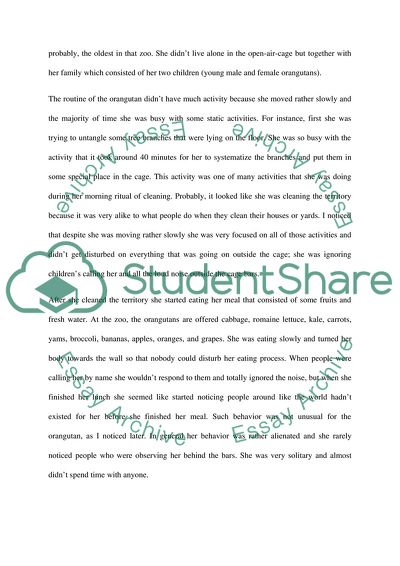Cite this document
(Orangutan Observation Assignment Example | Topics and Well Written Essays - 1500 words, n.d.)
Orangutan Observation Assignment Example | Topics and Well Written Essays - 1500 words. https://studentshare.org/anthropology/1874219-visit-a-zoo-for-a-primate-observation
Orangutan Observation Assignment Example | Topics and Well Written Essays - 1500 words. https://studentshare.org/anthropology/1874219-visit-a-zoo-for-a-primate-observation
(Orangutan Observation Assignment Example | Topics and Well Written Essays - 1500 Words)
Orangutan Observation Assignment Example | Topics and Well Written Essays - 1500 Words. https://studentshare.org/anthropology/1874219-visit-a-zoo-for-a-primate-observation.
Orangutan Observation Assignment Example | Topics and Well Written Essays - 1500 Words. https://studentshare.org/anthropology/1874219-visit-a-zoo-for-a-primate-observation.
“Orangutan Observation Assignment Example | Topics and Well Written Essays - 1500 Words”. https://studentshare.org/anthropology/1874219-visit-a-zoo-for-a-primate-observation.


